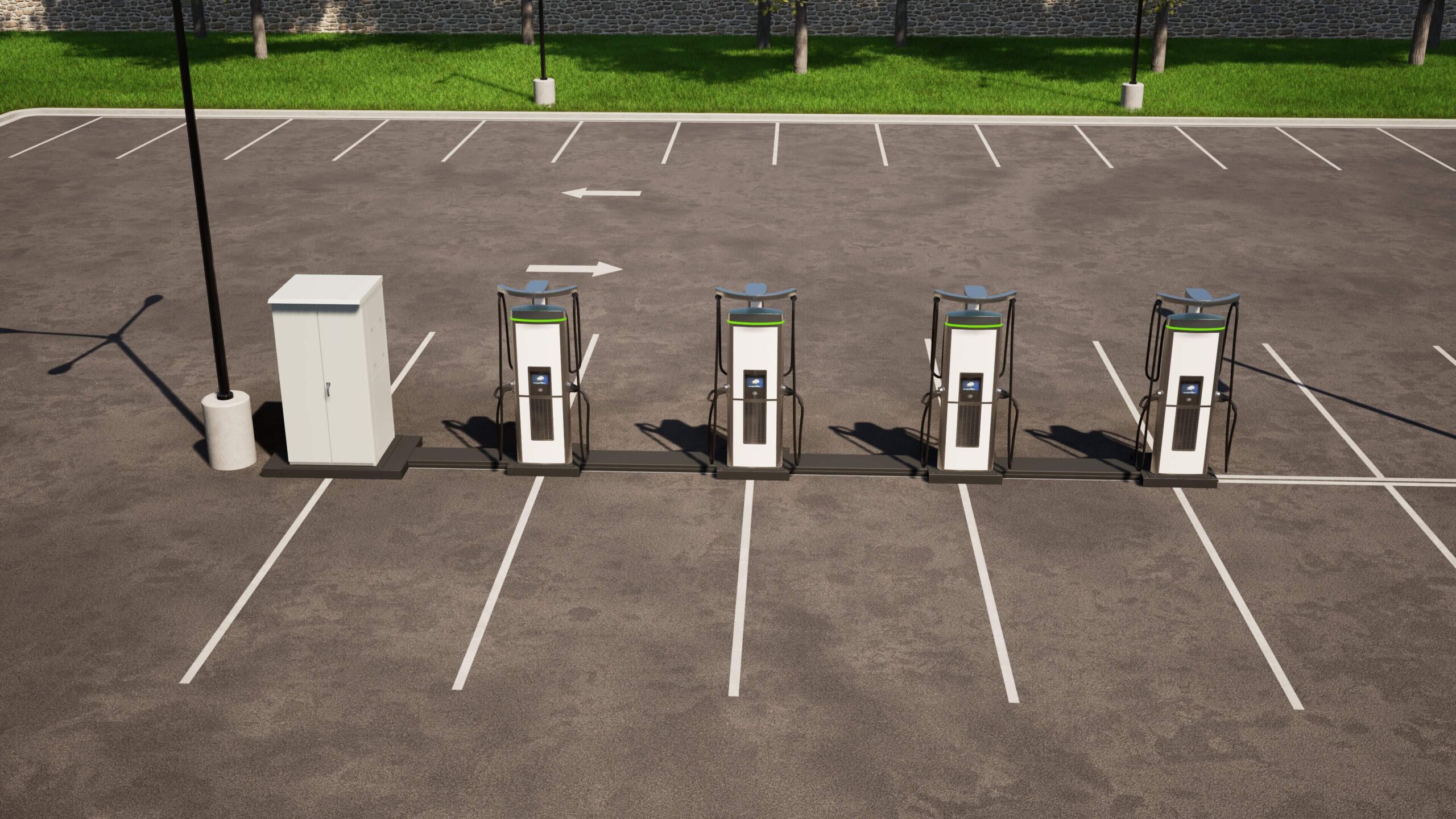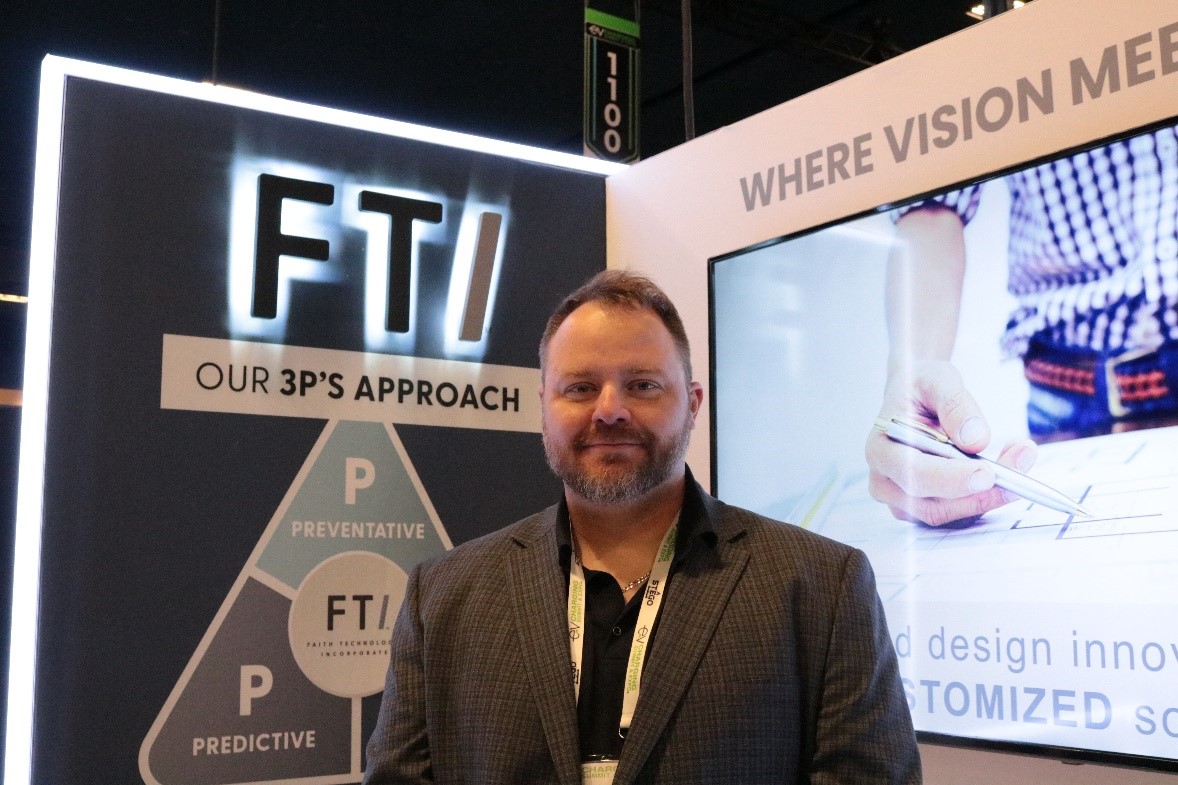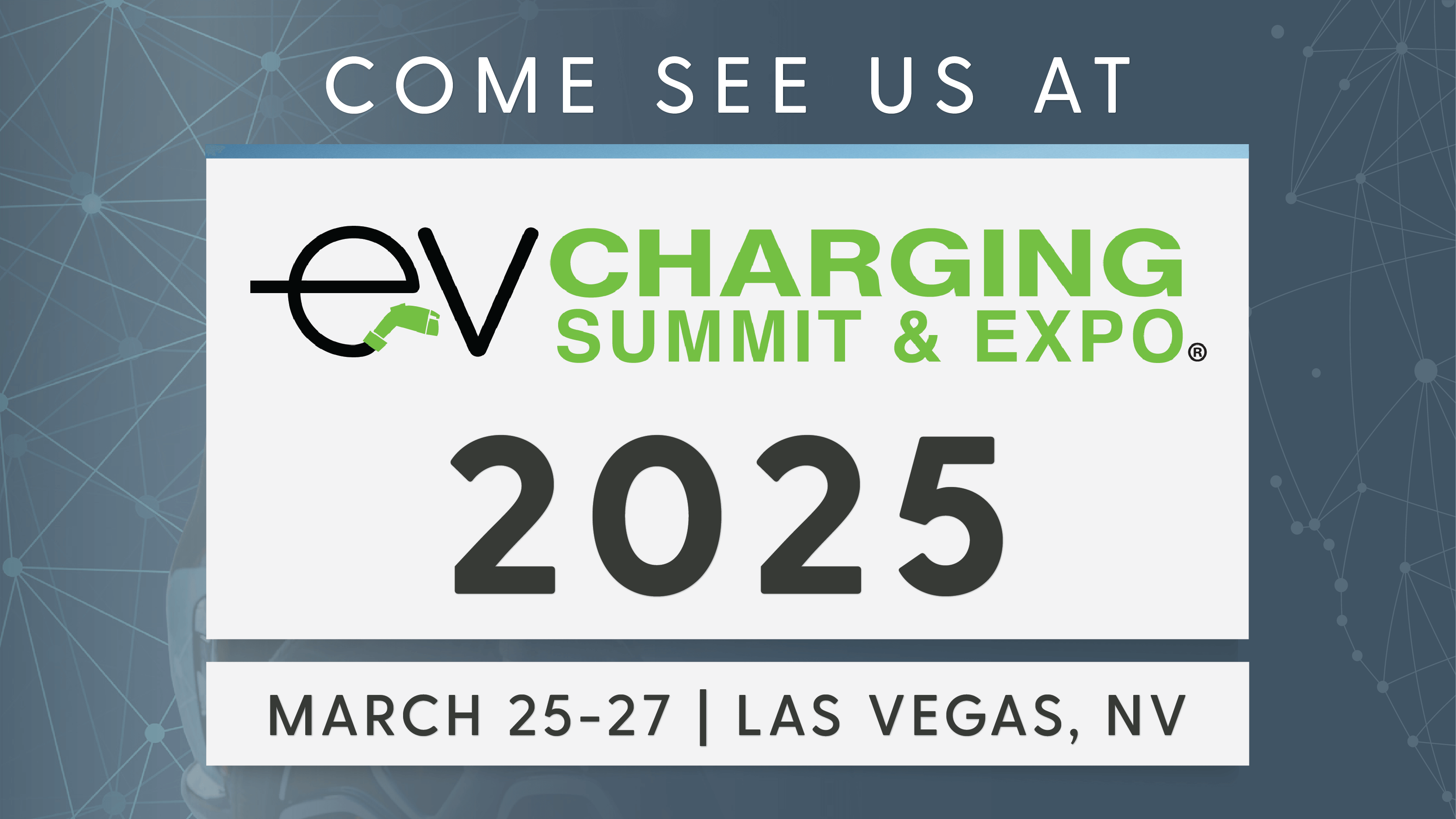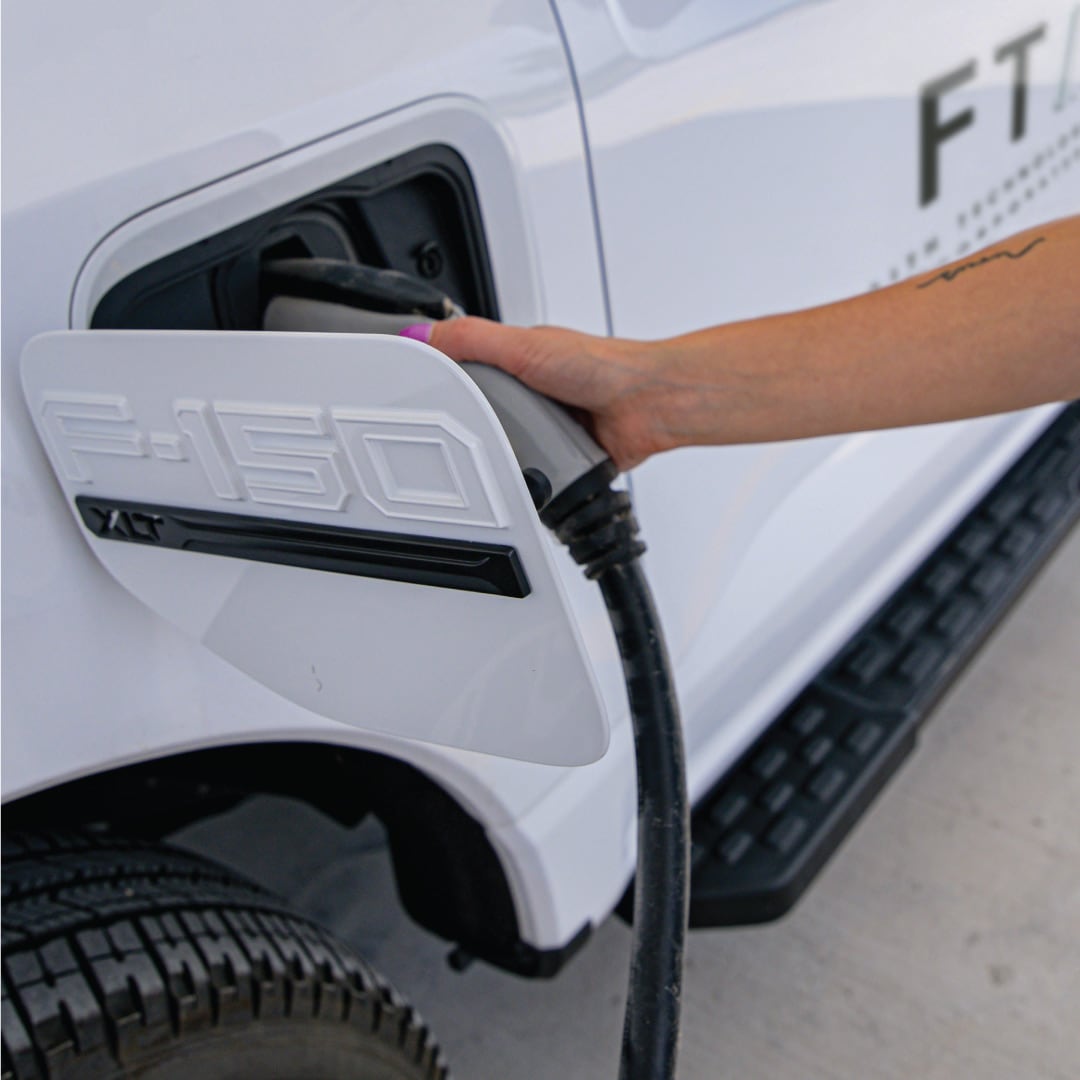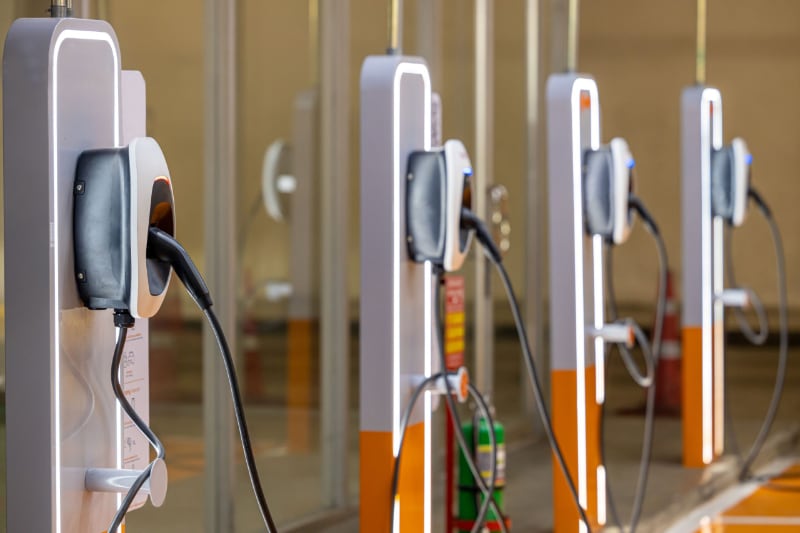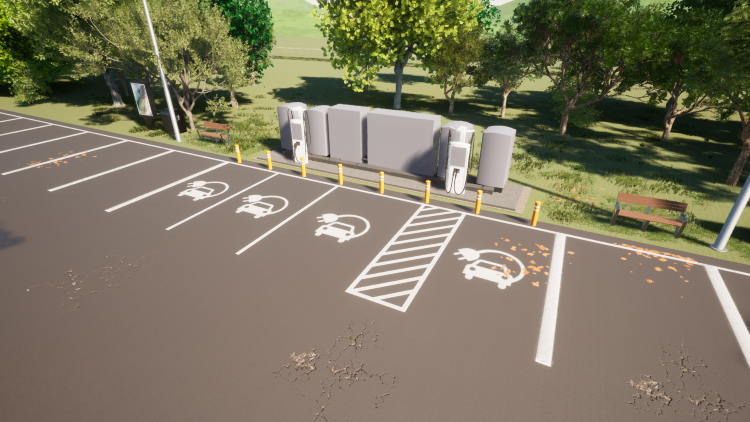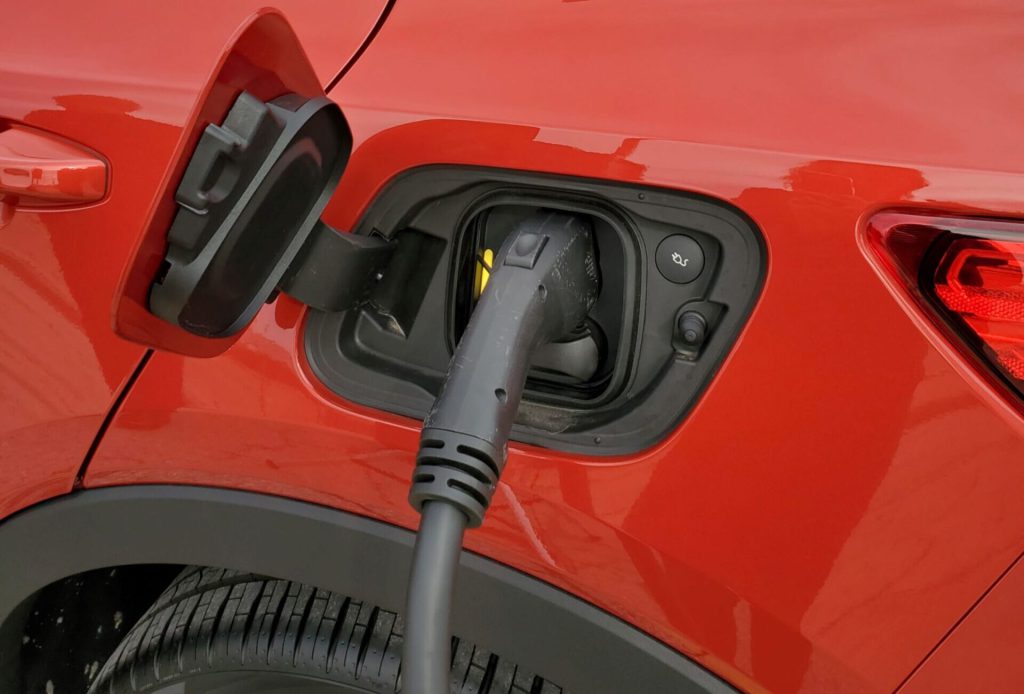
As 2023 came to a close, it marked the end of the first full year of the National Electric Vehicle Infrastructure Program (NEVI). This federal program has dedicated $5 billion to assist states in building out a national network of 500,000 electric vehicle charging stations along 75,000 miles of major U.S. highways. The NEVI program plans to update its application process annually, based on lessons learned in these first few years of implementation. Here are six key learnings that those in the EV market should be aware of.
NEVI Key Learnings
- Prior to implementation, all 50 states plus Puerto Rico and the District of Columbia submitted their plans on time (by August 1, 2022). This indicates that states have a strong interest in implementing their plans and releasing funding to select projects. They actively want to help build out their Alternative Fuel Corridors (AFCs), and they understand the importance of working toward improving charging access.
- Many states expect to fully build out their AFCs and still have funding remaining. The Joint Office of Energy and Transportation expects nearly $3.5 billion to remain for states to deploy additional charging capacity along AFCs or in non-AFC locations. In fact, Texas has already built these types of projects into its plan – they expect to build out their AFCs in the first round of funding and move on to rural and small urban areas in the remaining years.
- Prior to the inception of the NEVI program, only a handful of states had offered state-level grant funding for charging infrastructure projects. This inexperience, combined with the immense interest in the program, caused many states to become overwhelmed and push back the timing of their programs. For example, Kansas was anticipating an opening date of early June, but the RFP was not officially released until late August. Some states will not be opening their first round of NEVI applications until early 2024, like Connecticut; others are on an indefinite hold, like Wisconsin, due to issues with regulatory incompatibilities. Meanwhile, Ohio has already released their second request for proposals. It’s frustrating, but it’s important to remember to be patient, as a program this historic is new for everyone involved.
- Though the NEVI program is geared toward charging light-duty vehicles, many states have opted to include futureproofing capabilities for medium- and heavy-duty vehicle charging as well. Projects including options like pull-through charging and those that are designed to accommodate higher demands and power levels may score higher than those only catering to light-duty passenger vehicles.
- And speaking of scoring projects, though each state program has base requirements set by the Federal Highway Administration, the categories a project may be scored on vary greatly. Some states may put the most weight on the total amount of grant funding requested, while for others, previous experience and qualifications of the team might matter more. If you have a project you are planning to propose for NEVI funding, it is vital that you are aware of your state’s scoring mechanisms to understand how you may compare to other applicants.
- Interested in learning about what types of projects have been proposed and awarded so far? Here are some quick facts:
- Most application bids are proposing the NEVI minimum of four ports per site, though 71% have a charger power rating greater than 150 kW.
- The average funding requested per bid is $618,671.
- Gas stations and truck stops are the most common winning site hosts, at 66% of successful bids.
- Tesla and Pilot Travel Center combined account for one third of winning bids.
- 83% of known bids proposed more than the minimum cost share of 20%.
We’ve been through an entire year of NEVI plan implementation, but there is much more to come. Only about half of the country had opened their application periods by the end of 2023, which is equivalent to about $392 million in grant funding released.
At FTI, we have a dedicated grants and incentives team that is continually tracking NEVI program updates. If you are interested in learning about a particular program or have a project you think may be a good candidate for NEVI funding, contact us today.
If you enjoyed this blog article, please subscribe to stay up to date on the latest industry news from our experts at FTI.



